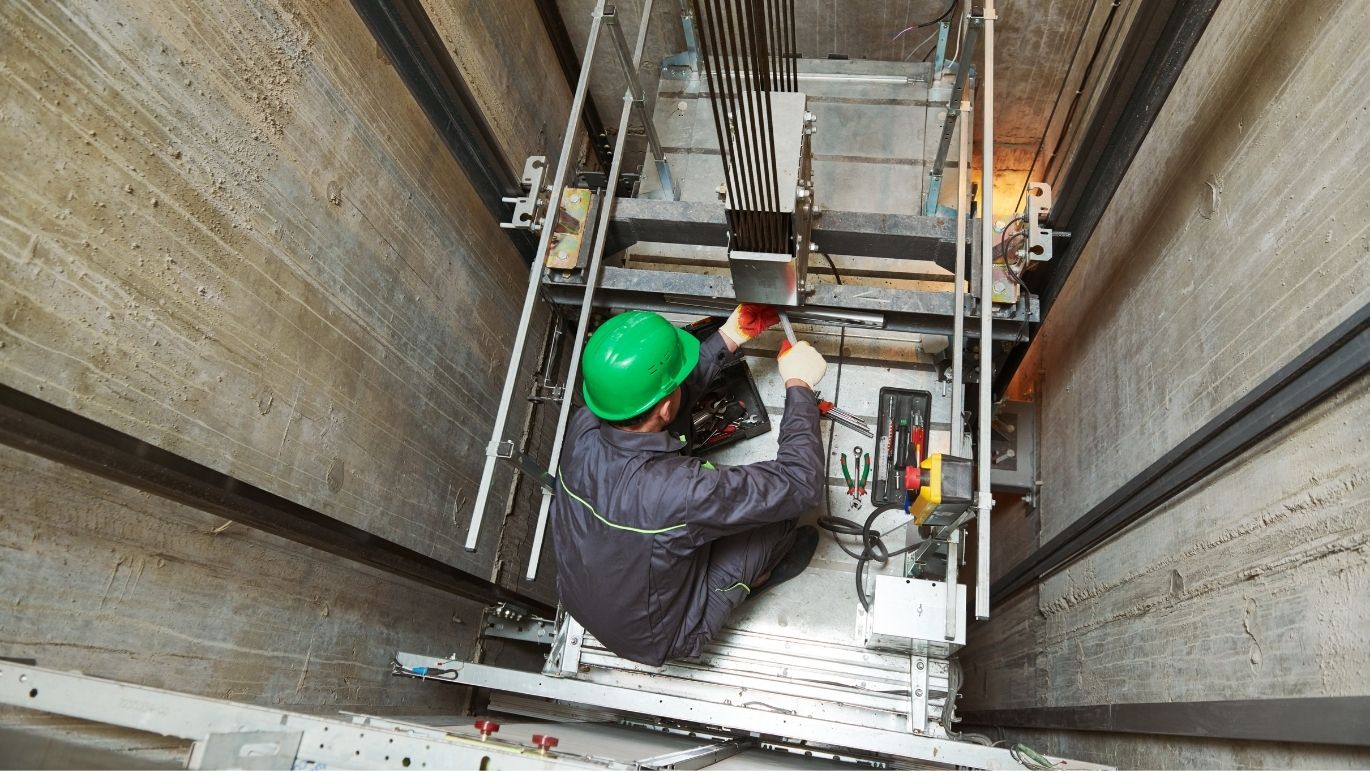Discover how discipline contractors can reliably drive on-time, on-budget capital project construction
Back in 2014, Dan Grund and his team at USA Hoist got a call. A competitor that had been hired to install elevators in the New York City subway system had abandoned the job, and the city needed someone to step in and finish it. The project was behind schedule and in general disarray — and the Governor wanted the elevators open by January 2015.
“I had been installing elevators in the subway system of New York for 15 years, but this was the first time where I was faced with a situation where we were constantly doing out-of-sequence work,” Grund told Velocity® in a recent interview. “Our work was not coördinated with the other trades, and while we did get it done, it made me realize that there had to be a better way of doing things.”
Grund started researching different project management methods, and discovered Advanced Work Packaging (AWP) through Velocity® magazine. He quickly realized that a construction-driven approach was the key to more efficient construction and installation, and that his company could have a huge impact on project predictability because of the central contribution they make to these projects.
“While the elevator is usually less than 5% of the contract cost on a subway elevator project, it is the reason why they are actually doing all of the work,” he said. “We really are the tail that wags the dog, so to speak, because without the elevators there is no reason to do all of the rest of the work that has to be done to put an elevator underground in the subway.”
Discipline contractors like Grund are often unaware of the tremendous influence they can exert on capital construction projects, and instead of leveraging this influence to deliver more efficiently, they simply follow the lead of the construction manager. Grund and his team are changing the game, by coming to the project with a clear, persuasive argument for a construction-driven, Advanced Work Packaging approach.
Our ability to install elevators has improved significantly as a result of AWP.
Dan Grund Tweet
“It has evolved into a sequence of Installation Work Packages, and I use these terms with my contractors. They don’t always know what I am talking about, so I explain it to them, and they are starting to get it.” The company’s ability to install elevators has improved significantly as a result of the AWP, he says, and contractors are increasingly coming on board.
Grund’s story is proof that discipline contractors can play a powerful role in driving change and delivering major capital projects on-time and on-budget. An elevator company can drive change on subway construction projects; the electrical and instrumentation contractor can lead change on a data center construction project; the piping and mechanical contractor can inspire change on a refinery project. Here are three steps to getting started, today.
1 | Get Trained
AWP implementation is owner-driven, so even if you’re not planning to do all the work yourself, you’ll need to become knowledgeable about best practices. Start reading as much as you can about AWP and Predictability Thinking™ — Velocity® has an archive of more than 100 articles to get you started.Put a small, agile team in place, get the team members trained and certified, and map out a strategy to implement AWP in-house and on your next project. Change management is hard, and discerning where and how to exert your influence is even harder. If you need help, Concord® is standing by to assist.
2 | Start the Conversation
Start talking to the project stakeholders who have the most impact on your productivity. For some large contractors, this may be the construction manager, for others it will be fellow discipline contractor companies. Discuss the impact they have on your work, and how you can streamline these interfaces and reduce the bottlenecks that are hindering your productivity. The best way to do this is in annual or bi-annual workshops that you do together — we recommend workshopping AWP with any company that impacts over 20% of your time.3 | Initiate a Pilot Project
Don’t be afraid to try things out! Implementing the AWP methodology, investing in front-end planning and doing robust pre-construction planning is always worth it. Take the risk and invest in more solid planning, improve productivity and watch your bottom line improve as a result. Plus: Mastering AWP makes you more competitive when bidding on construction-driven projects.Are you a discipline contractor ready to get started learning about and implementing AWP on your projects? Concord® can help! Contact Concord® today!





